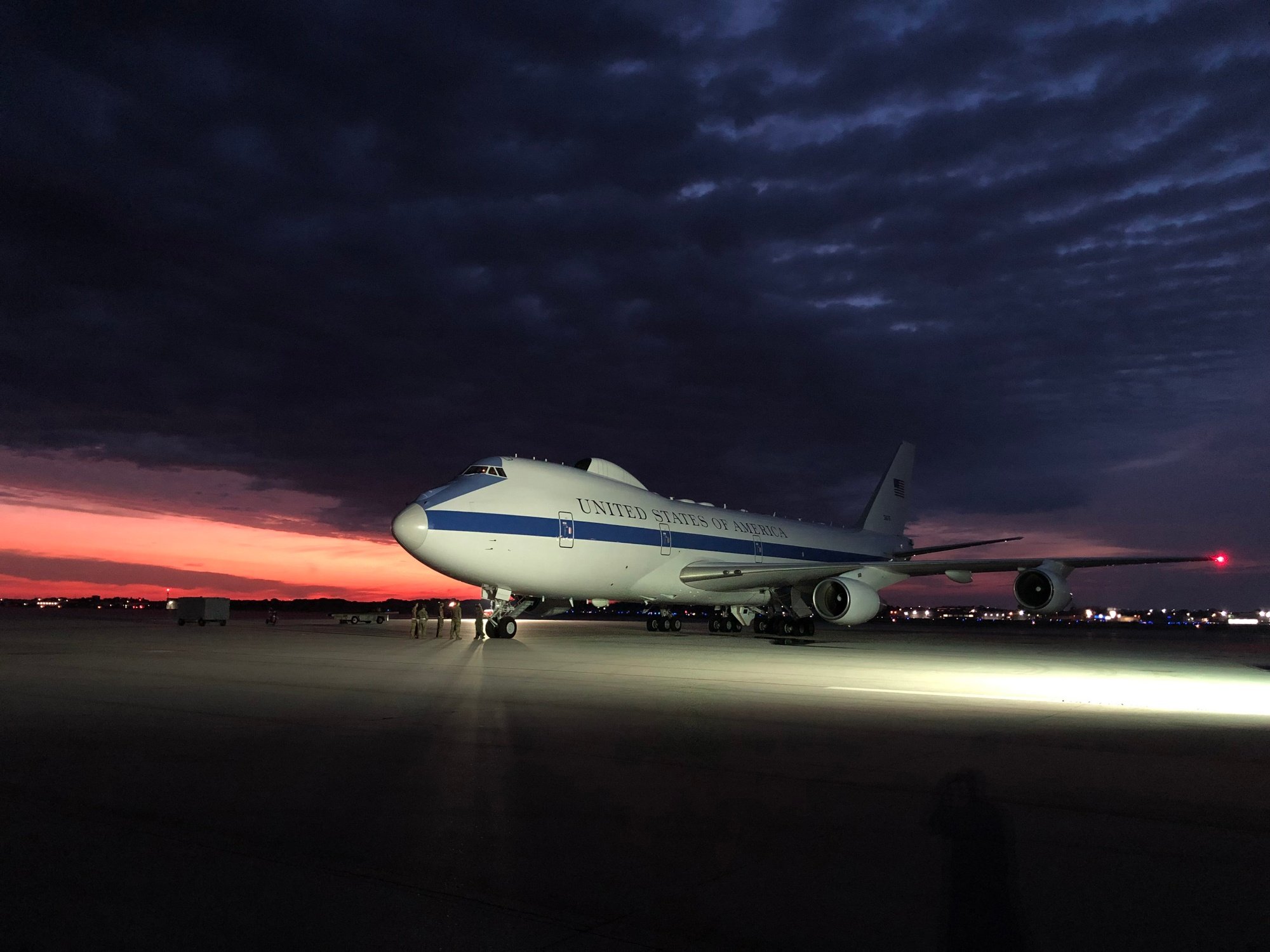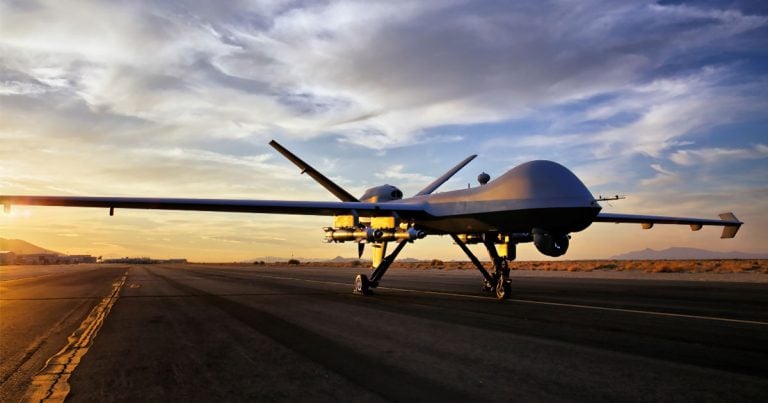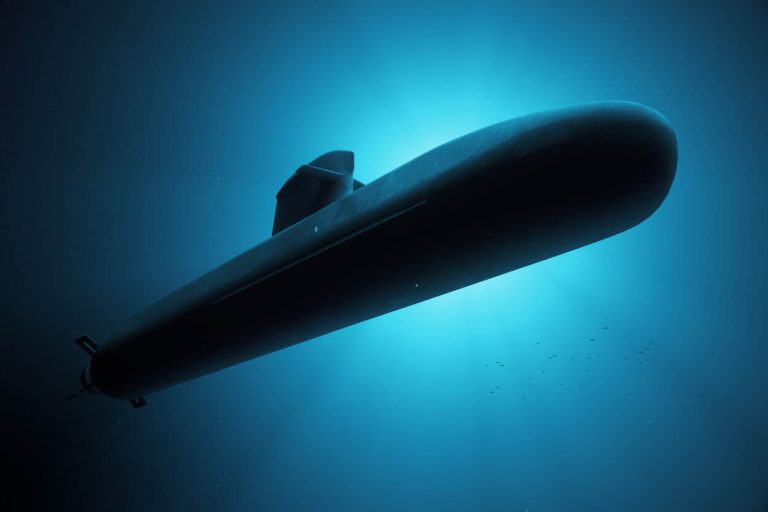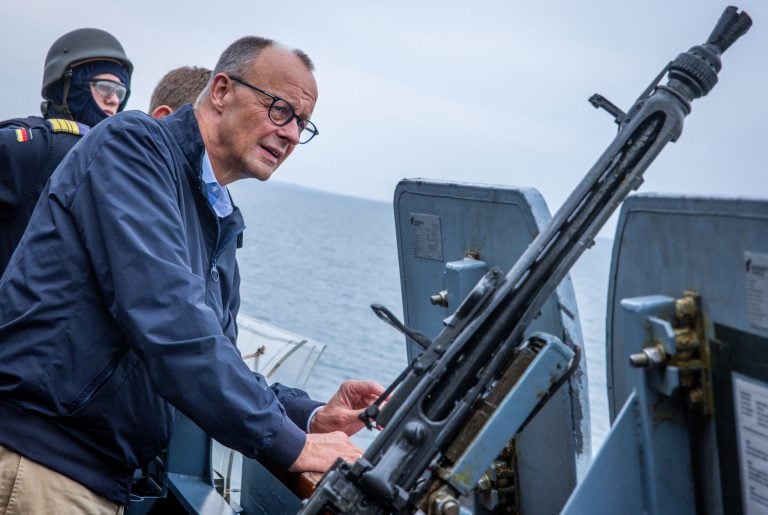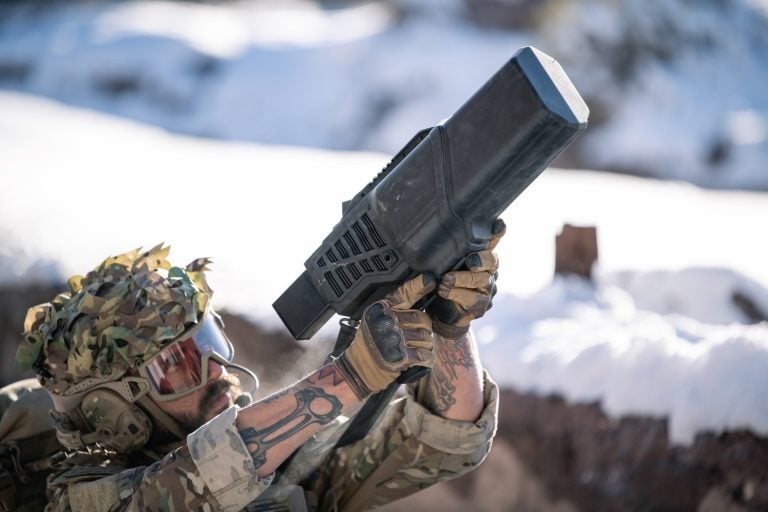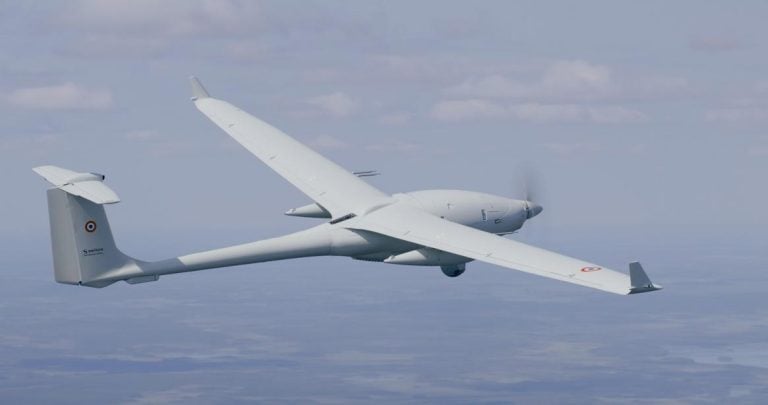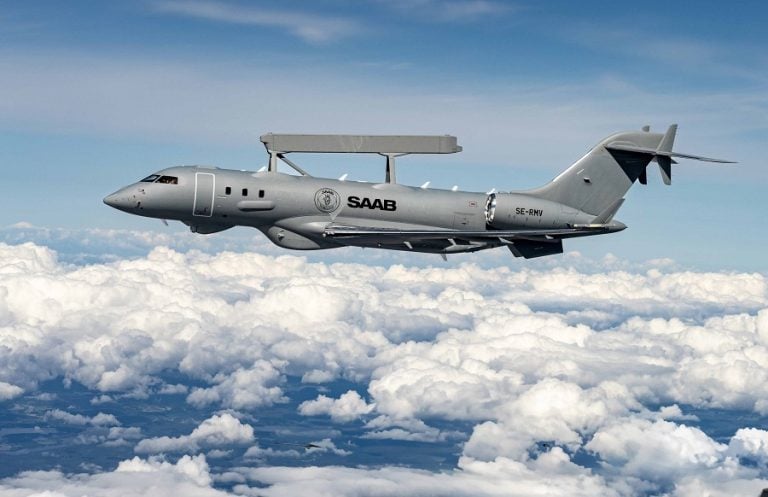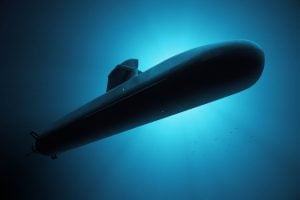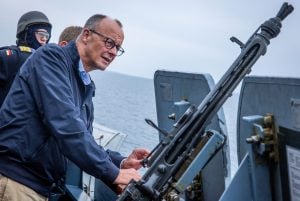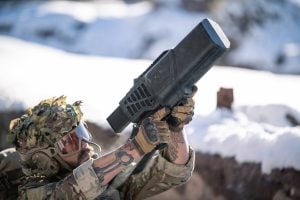Sierra Nevada Corporation (SNC) has officially welcomed the fourth Boeing 747-8i airliner to be converted into the U.S. Air Force’s E-4C Doomsday aircraft at its Aviation Innovation and Technology Center (AITC) in Dayton, Ohio. This initiative is part of a larger project aimed at upgrading and replacing the aging fleet, specifically the E-4B Nightwatch, which has served since 1980.
The E-4C aircraft will function as Survivable Airborne Operations Centers (SAOC), ensuring command, control, and communications capability for the highest levels of U.S. government officials during national emergencies or in the event of a nuclear conflict. The comprehensive program is valued at an estimated $13 billion and will eventually encompass up to five aircraft, all of which will be sourced from South Korea. The production schedule is set to run until 2036.
Speaking on the significance of this milestone, Jon Piatt, Executive Vice President of SNC ISR, Aviation & Security, remarked on the company’s commitment to maintaining high standards of excellence and innovation throughout the SAOC program. He highlighted that the arrival of the fourth aircraft underscores SNC’s dedication to advancing national security capabilities.
The contract for the development of the Doomsday aircraft was awarded in April 2024, and within six weeks, the first of the 747-8i models was delivered for modifications. Since then, SNC has proactively expanded its AITC hangars to support the growing needs of this vital program.
Piatt emphasized the ongoing focus on reducing risks and accelerating the delivery of critical defense capabilities while meeting and exceeding customer expectations. The progress made within the first year reflects the company’s resolute commitment to the project.
The Boeing 747-8i airframe, which serves as the base for the E-4C, measures 250 feet in length, with a wingspan of 225 feet. It boasts a maximum payload capacity of 167,700 pounds and the capacity to carry over 400 people. The aircraft is powered by four General Electric GEnx engines and an auxiliary power unit, with a substantial fuel capacity exceeding 63,000 gallons. Operational attributes include a flight altitude of 43,000 feet, a cruising speed of 490 knots, and a range of nearly 7,700 nautical miles, positioning it as a formidable platform for airborne operations in crisis scenarios.
As the project moves forward, SNC remains optimistic about the timely execution and successful development of the E-4C fleet, which is poised to play a critical role in national security strategies for years to come.
